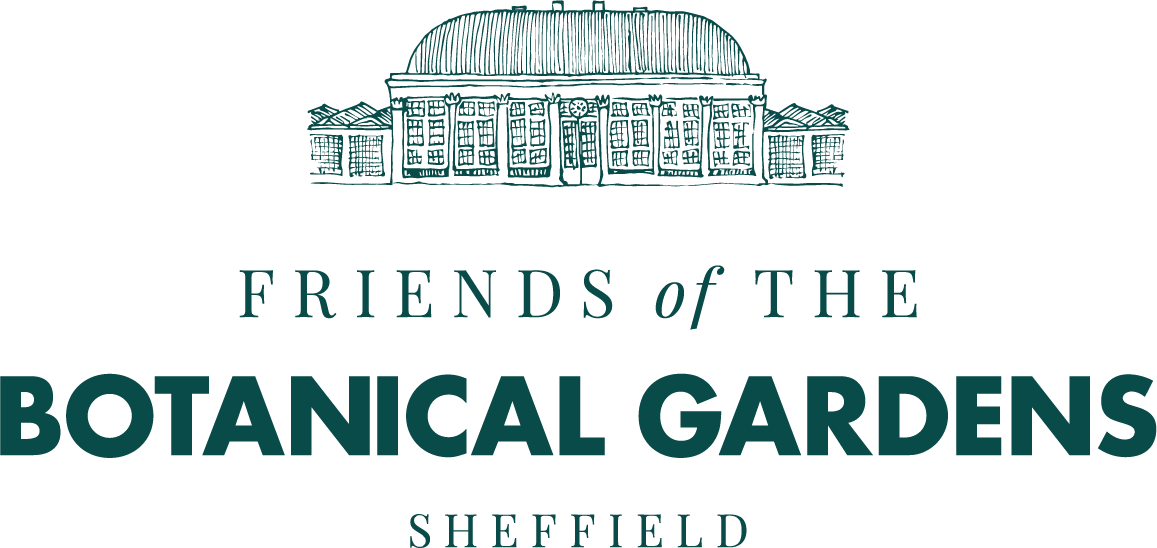SARCOCOCCA
The name Sarcococca comes from the Greek sarkos, which means flesh, and kokkos, a berry, referring to the fleshy fruits.
The genus is in the family Buxaceae and is sometimes referred to as ‘Sweet box’ or ‘Christmas box’ because of the plants’ sweetly scented winter flowers opening around Christmas through to March. They tend to form low-growing bushy evergreen shrubs with glossy, dark green leaves, producing small but highly fragrant, creamy-white flowers (some flushed pink), followed by black, purple or red berries depending on the species.
The flowers that you can smell are the nectar-filled males; once fertilised the separate female flowers become the glossy ‘flesh berries’ (which botanically speaking are not berries at all, but drupes). Plants that have separate male and female flowers on the same plant are known as ‘monoecious’, meaning ‘one house.’
The native range of the genus is from the Indian subcontinent to China, Taiwan and west and central Malesia, and southern Mexico to Guatemala. The cultivated species mainly come from China and the Himalayas, including S. confusa (which can reach 4m), S. hookeriana, S. ruscifolia and S. orientalis, which - with their varieties or cultivars - are probably the most popular and easily available to gardeners. In their native habitats they are generally found in moist, shady places in forests and thickets. S. saligna is another popular cultivated plant but with a wider Asian native range.
S. wallichii is native to Nepal through China to Myanmar and, at a height of up to 2.5m, tall for many of the species. It is also less hardy than others, being designated H3 in the RHS hardiness rating (surviving down to -5C). S. zeylanica is a tender species native to Sri Lanka.
All these species along with some of their cultivars can be found in the Gardens’ collection. Whilst specimens are scattered across the site, there are a number of species clustered in and around the Robert Marnock Garden. S. zeylanica grows in the pavilions.
For the gardener, Sarcococca are reliable and undemanding shrubs, making them perfect for a shady border or woodland garden. The major cultivated species are fully hardy, easy to grow, tolerant of a wide range of soil conditions and even cope with urban pollution.
With acknowledgement to the following for their assistance in compiling this article: Lloyd Snellgrove, Friends executive committee member; James Miller, Plants Records Officer for Sheffield Botanical Gardens; Michaela Freed, Horticultural Advisor at RHS Wisley; Kew Plants of the World Online; International Dendrology Society, Trees and Shrubs Online; Beth Chatto’s Plants and Gardens; and Hilliers Nurseries.
All photographs by Rod Egglestone, Alison Hunter, Meg Jullien and John Stirling, Friends of the Gardens.
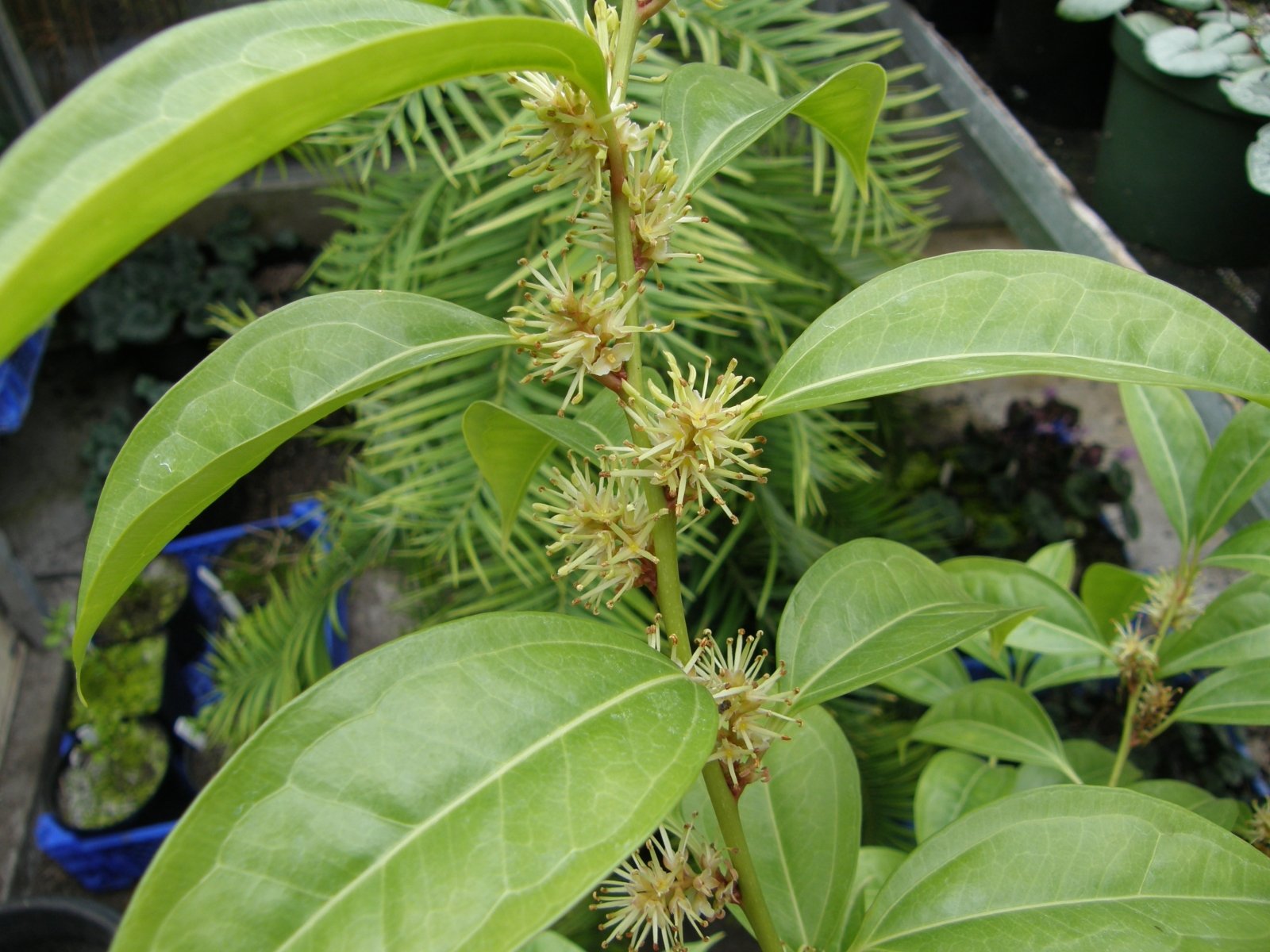
S. balansae BSWJ_7285 flowers (before planting out)
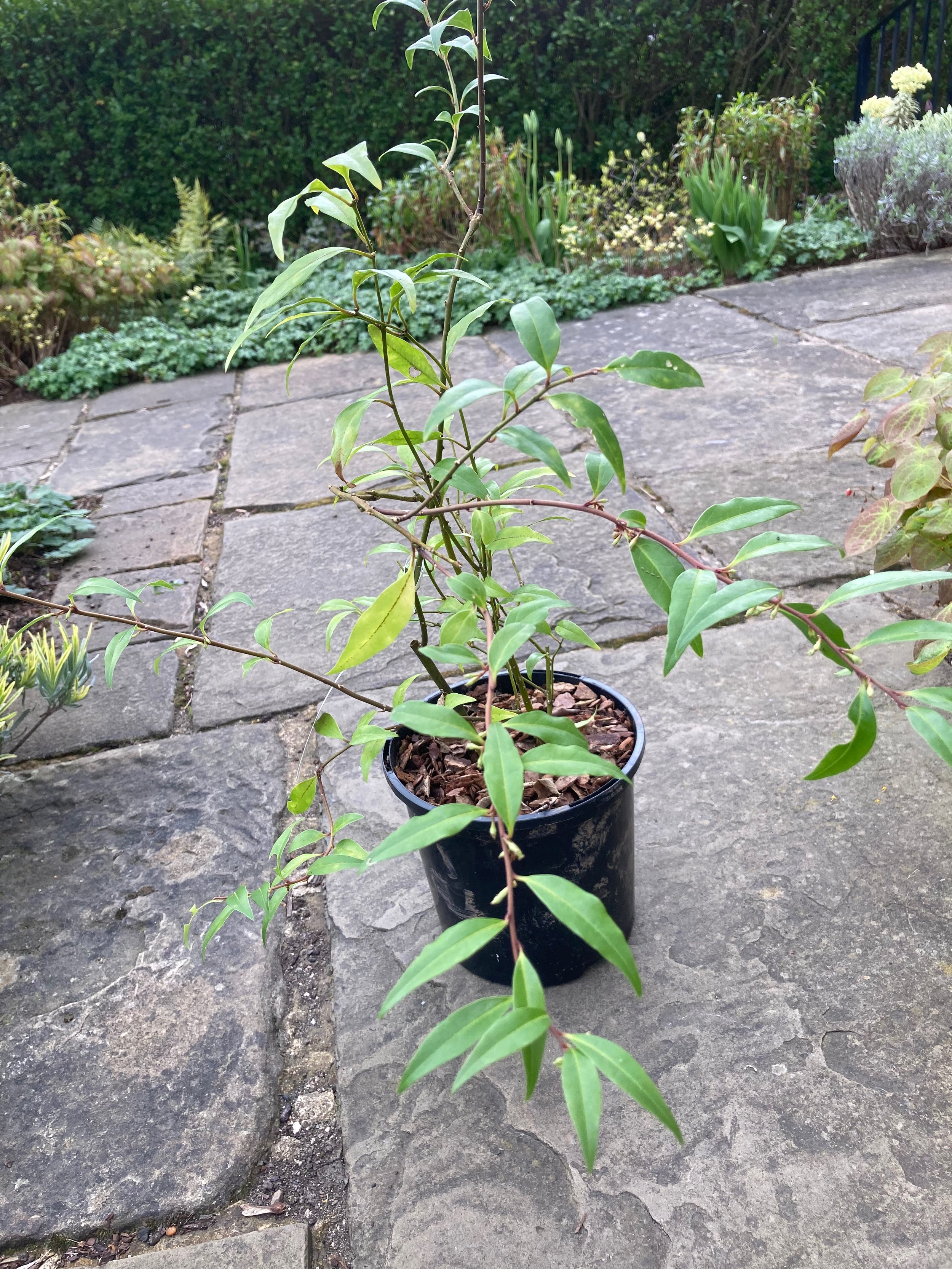
S. bleddynii form (before planting out)
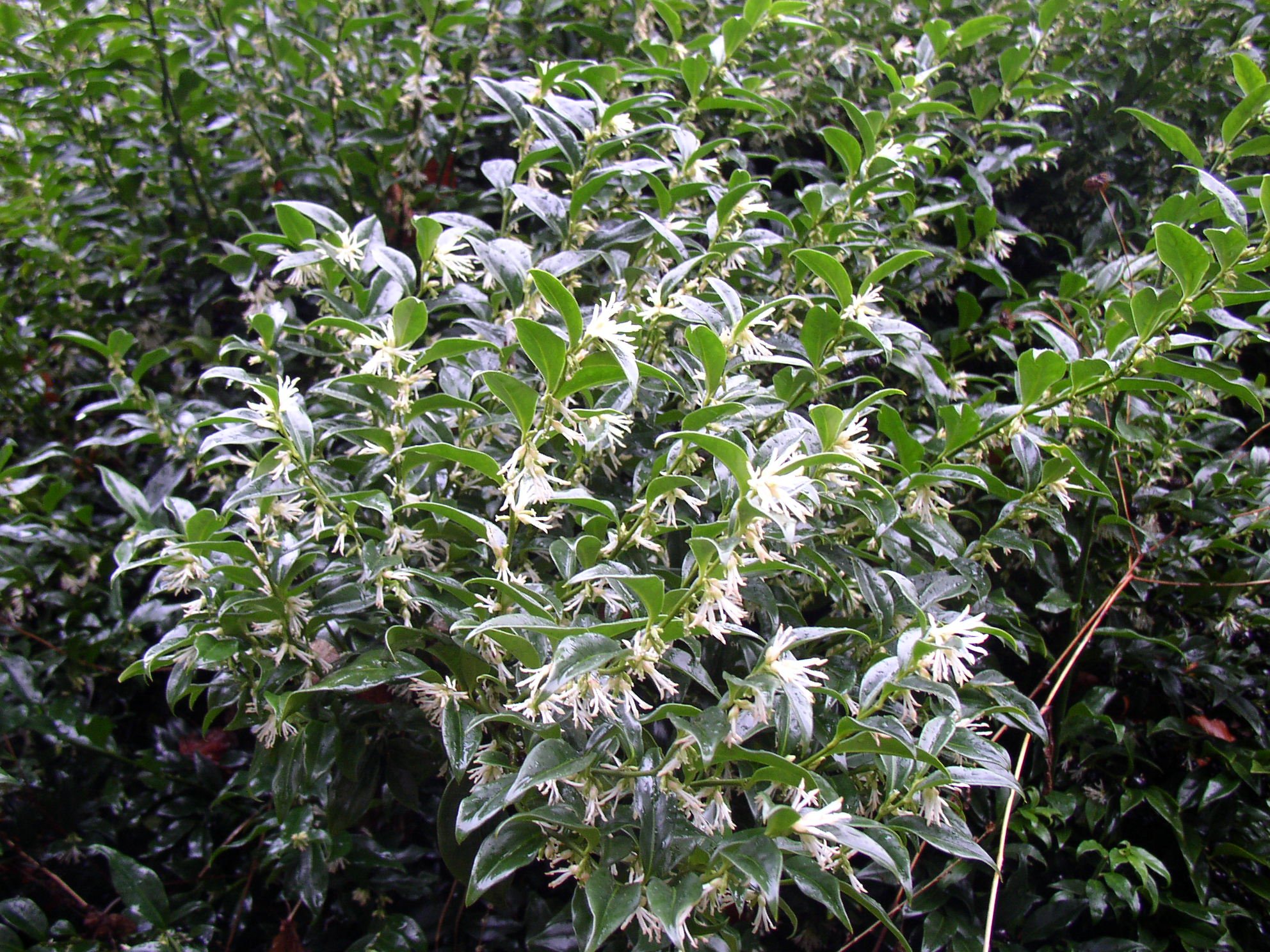
S. confusa flowers and form
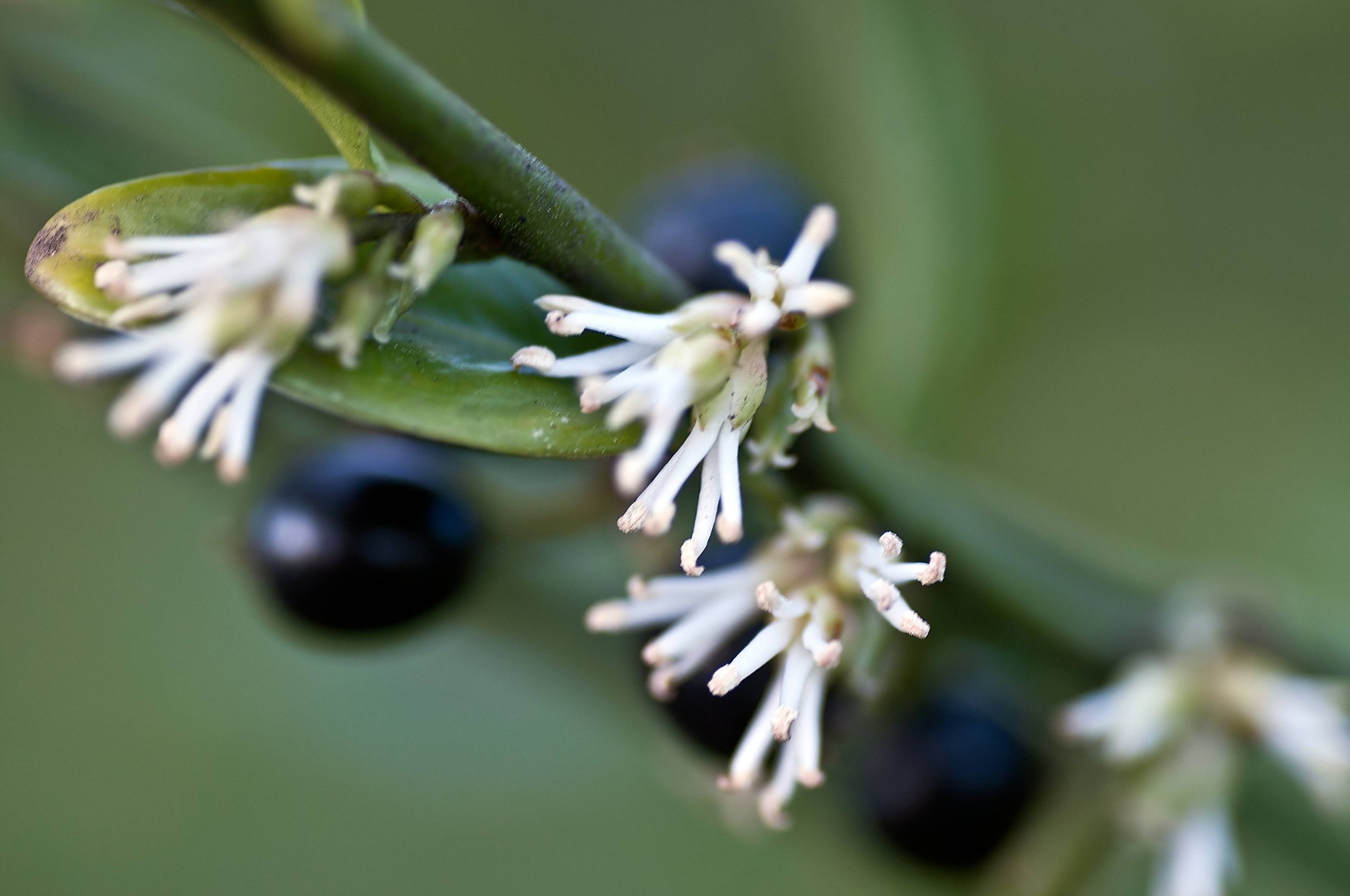
S. confusa flowers and fruit
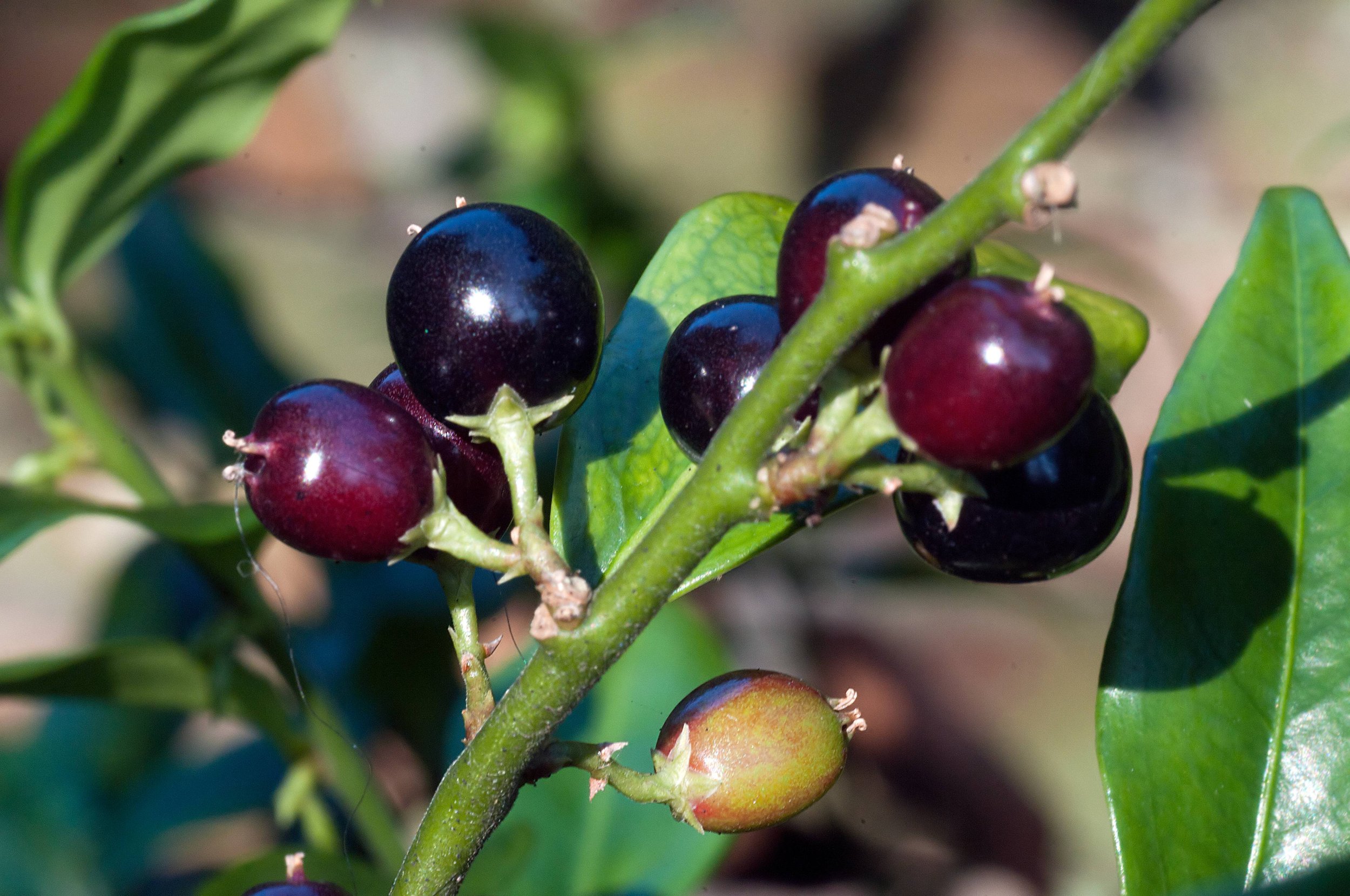
S. confusa fruit

S. hookeriana flowers
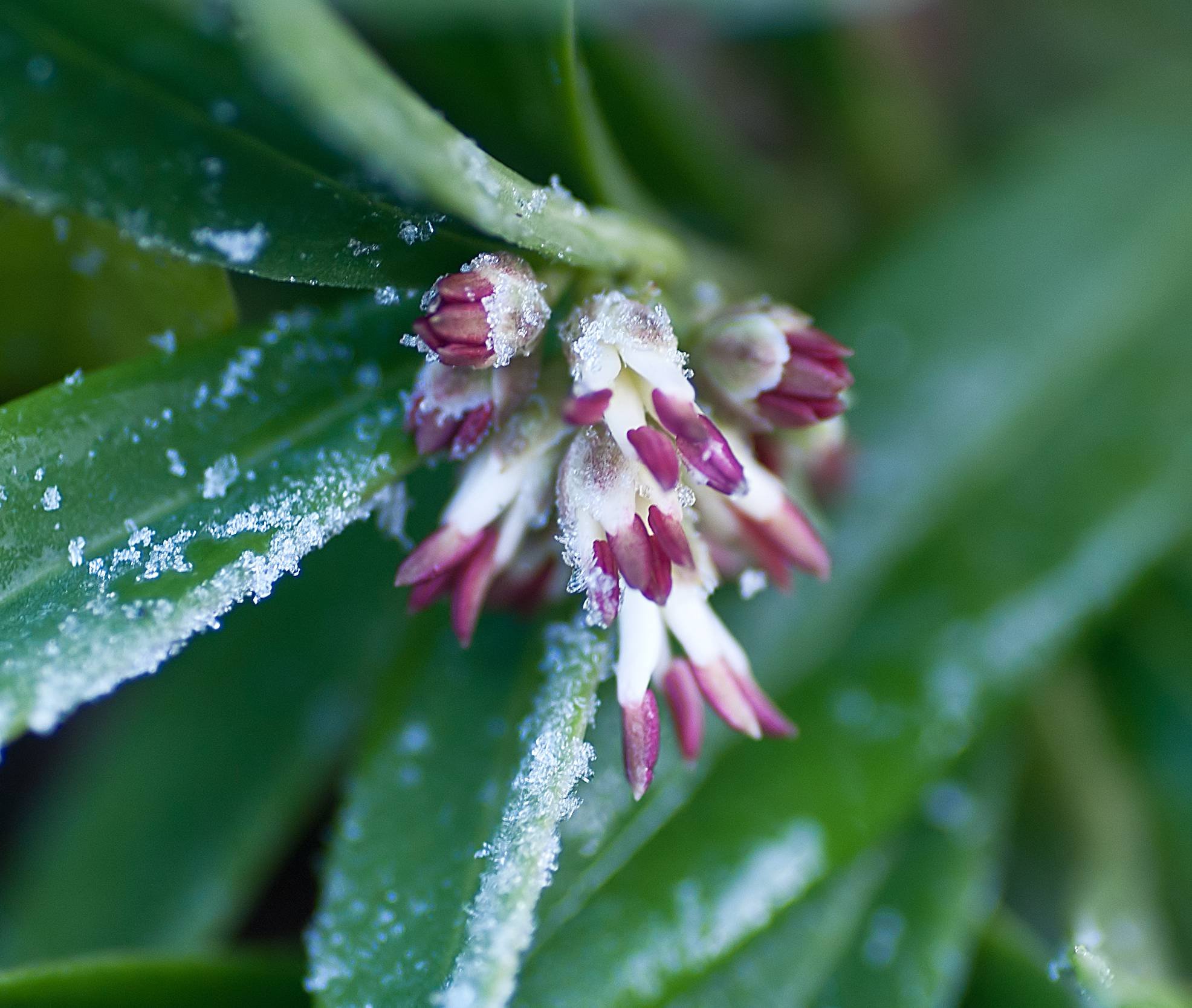
S. hookeriana var. hookeriana flowers
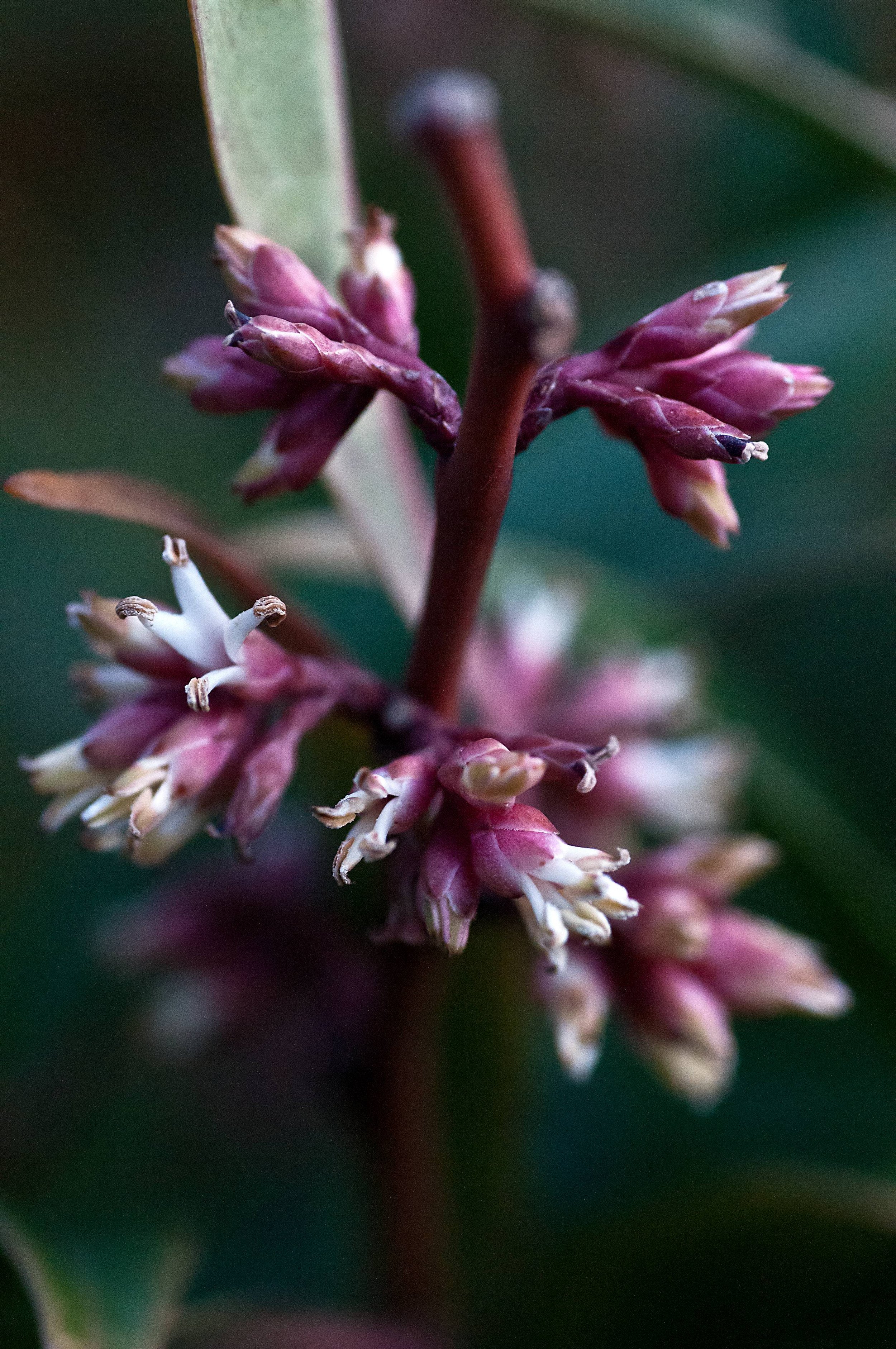
S. hookeriana var. dignya flowers
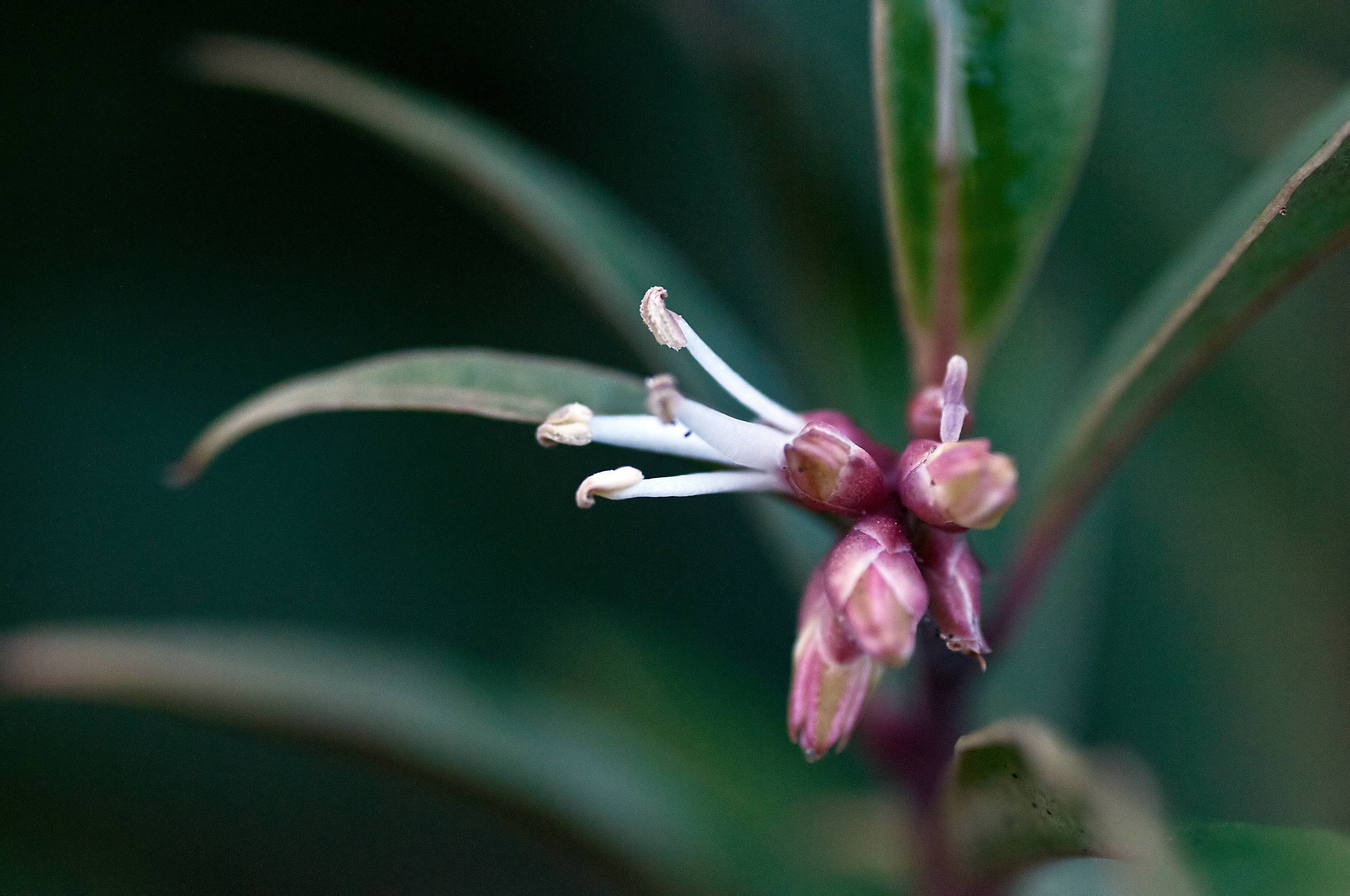
S. hookeriana var. dignya 'Purple Stem' flowers
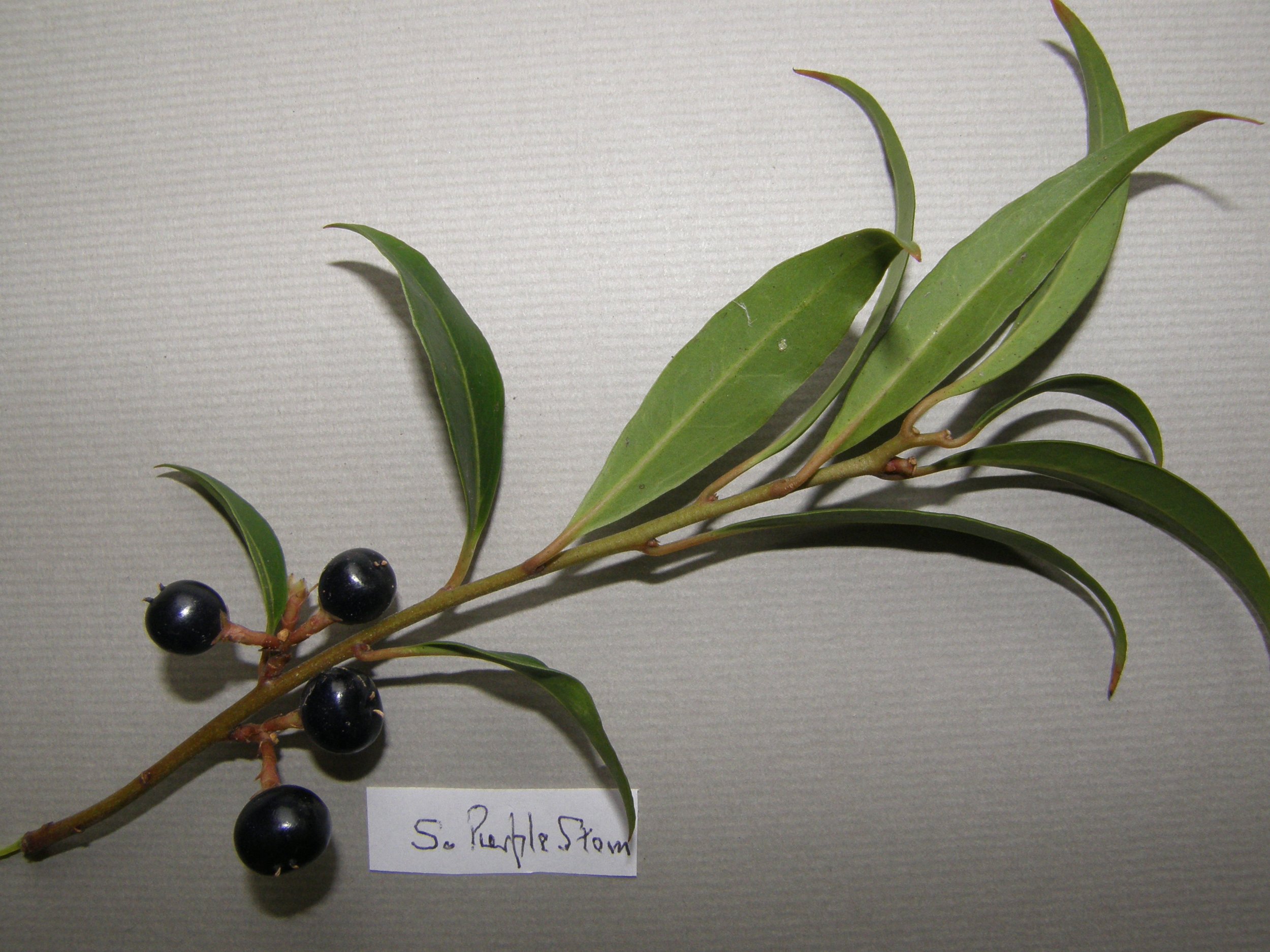
S. hookeriana var. dignya 'Purple Stem' fruit and stem
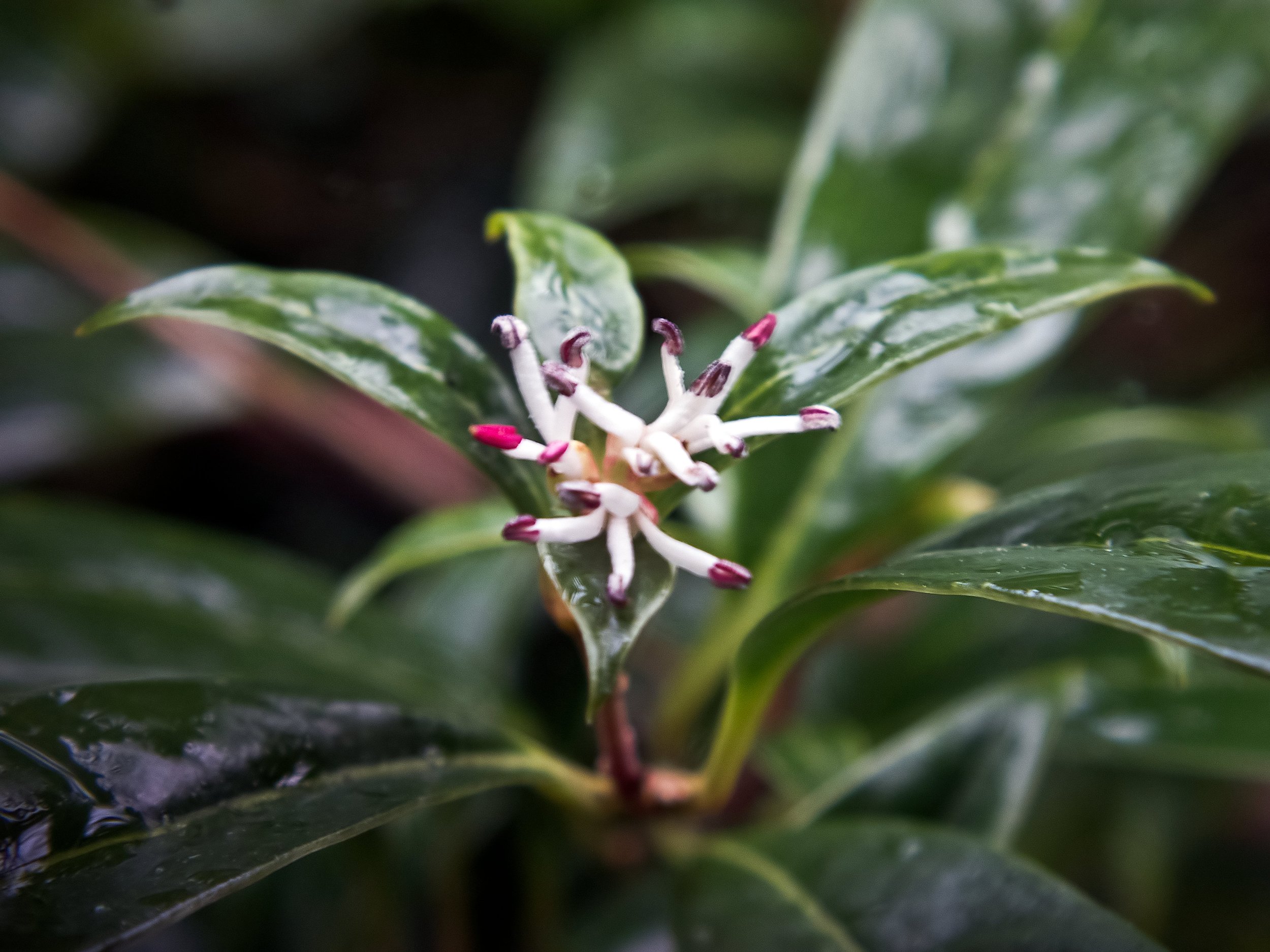
S. humulis flowers
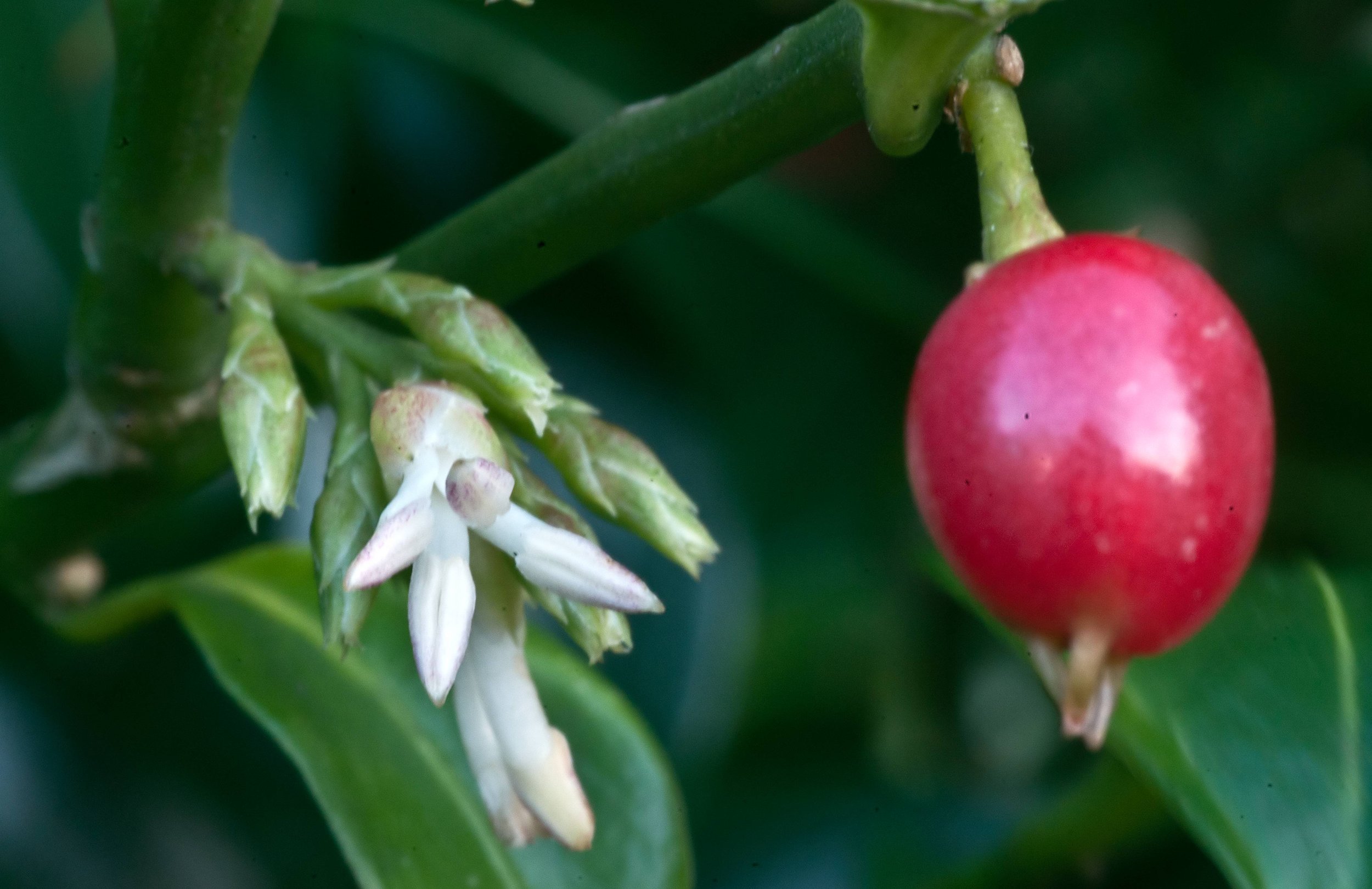
S. ruscifolia flowers and fruit
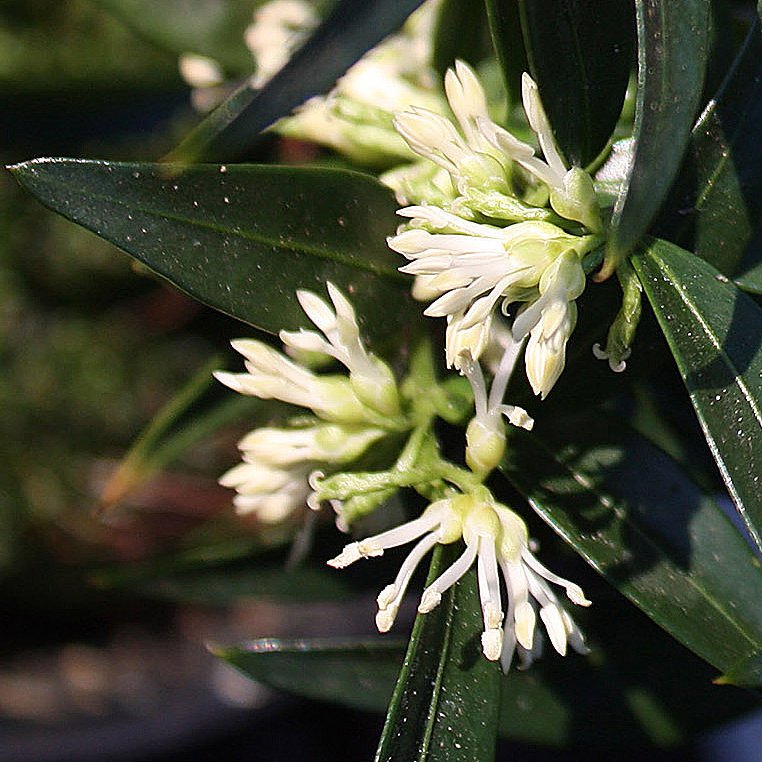
S. ruscifolia 'Dragon Gate' flowers
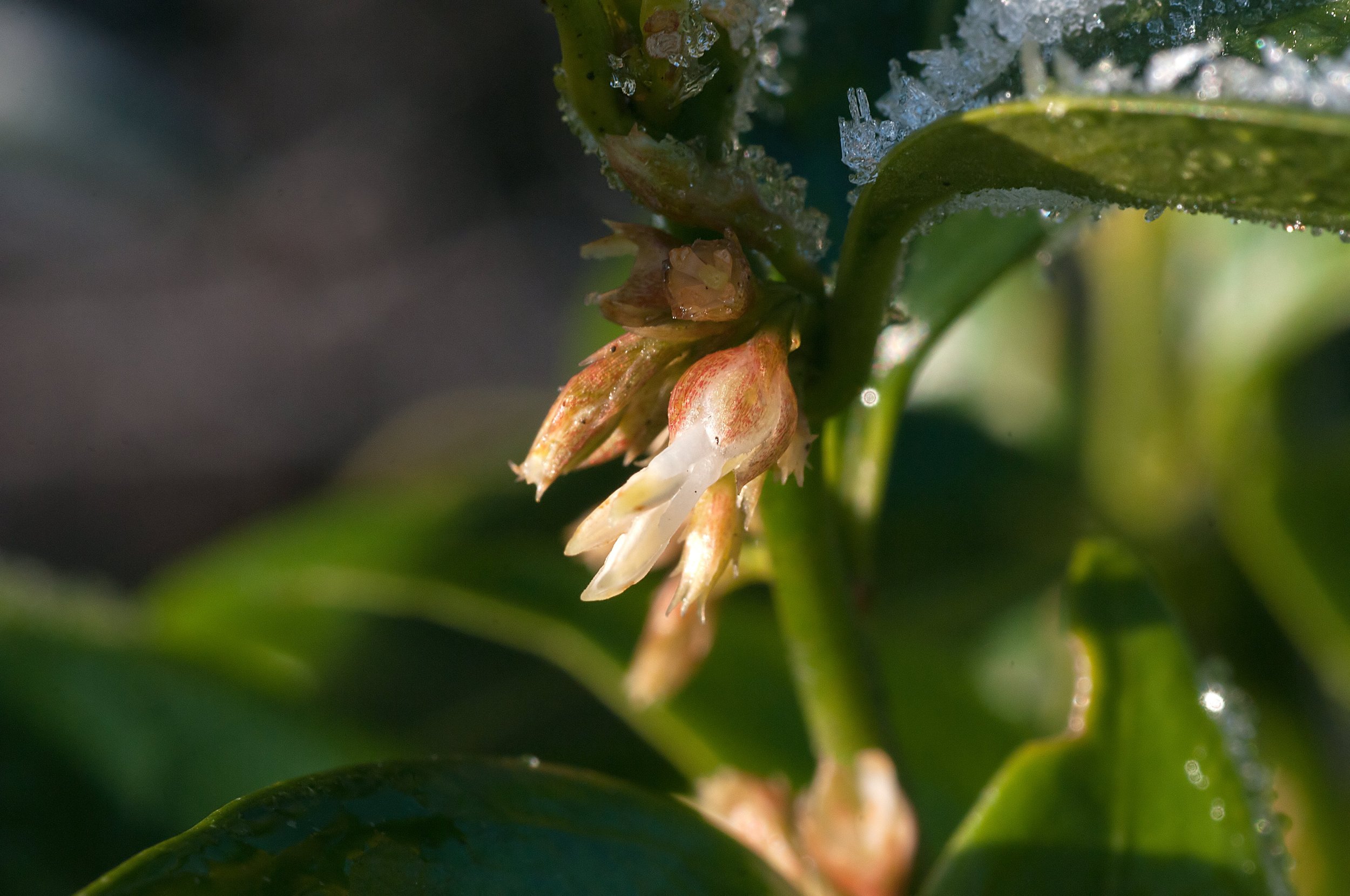
S. ruscifolia 'Rudolph' flowers
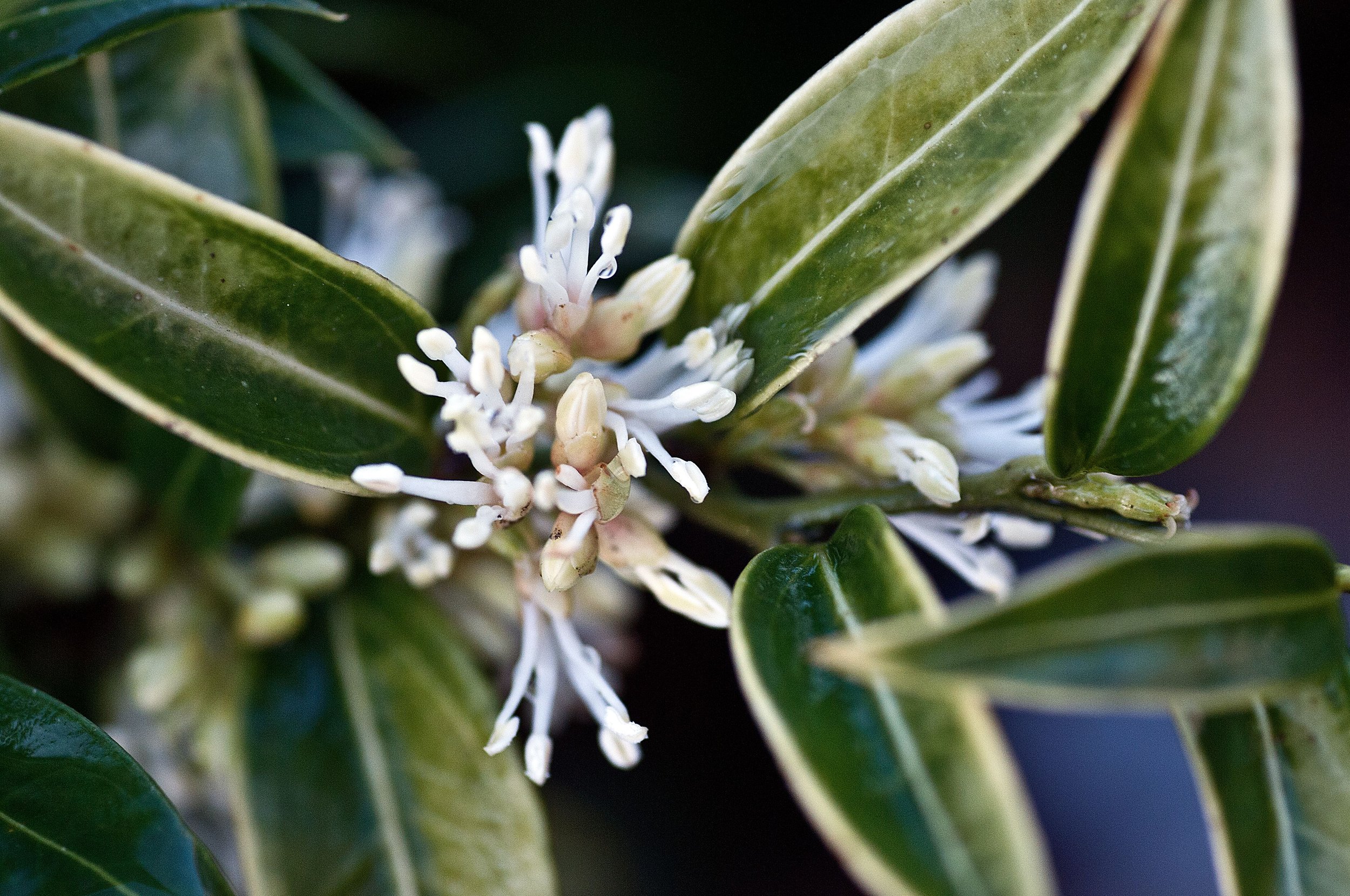
S. ruscifolia var. chinensis L713 flowers

S. schillingii flowers
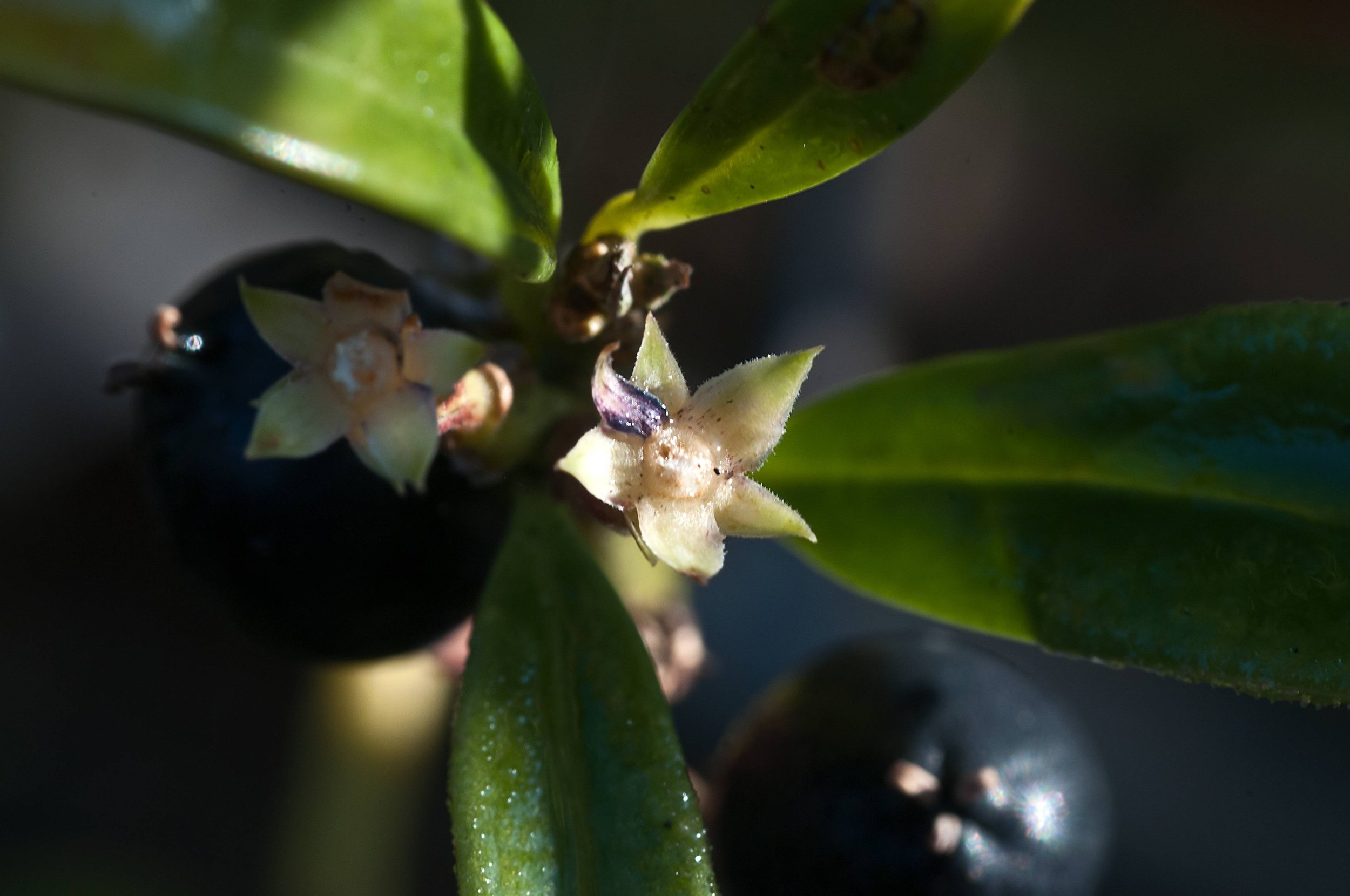
S. schillingii fruit

S. wallichii flowers and stem
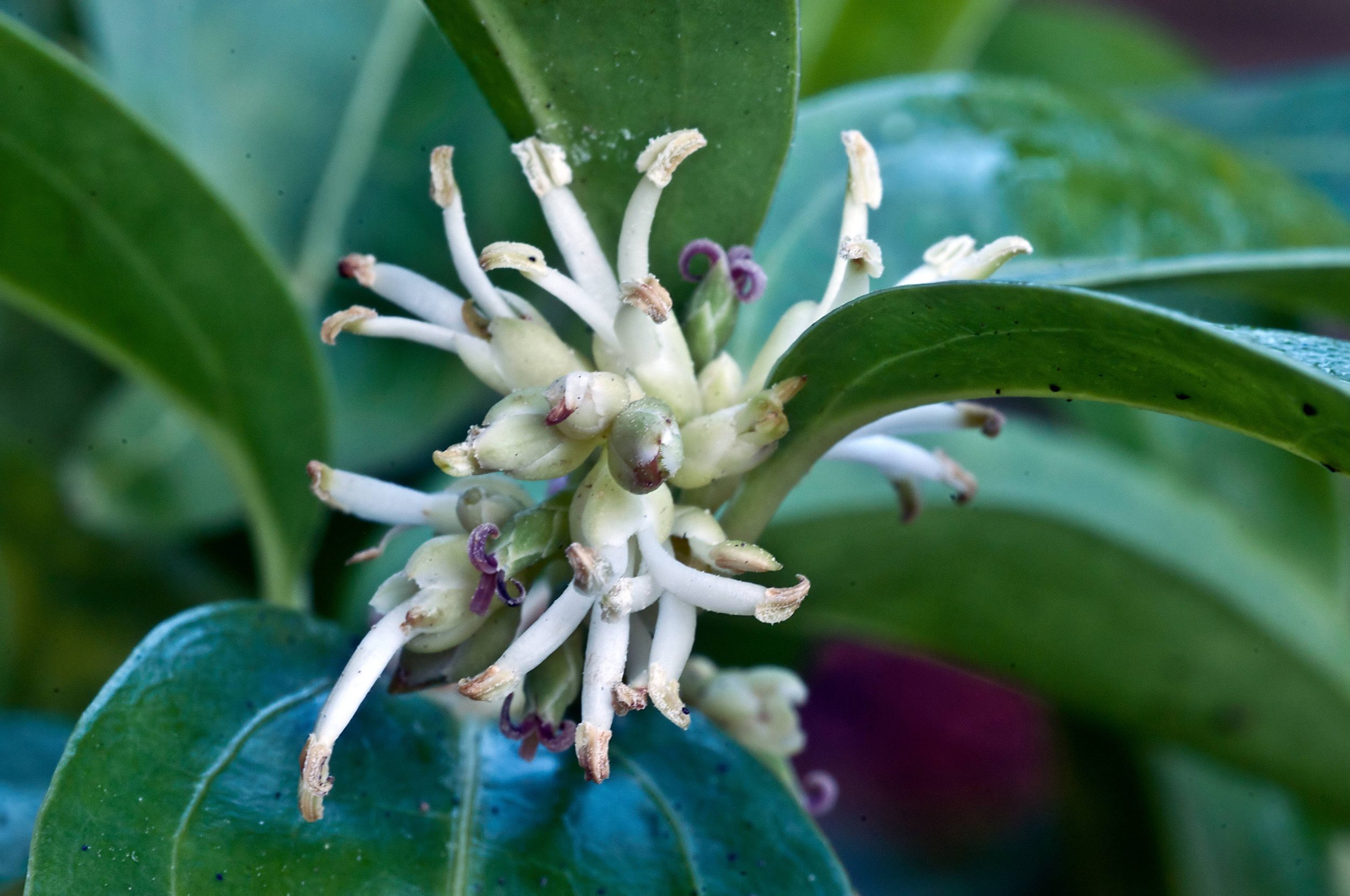
S. wallichii flowers

S. wallichii form

S. 'Winter Gem' flowers
